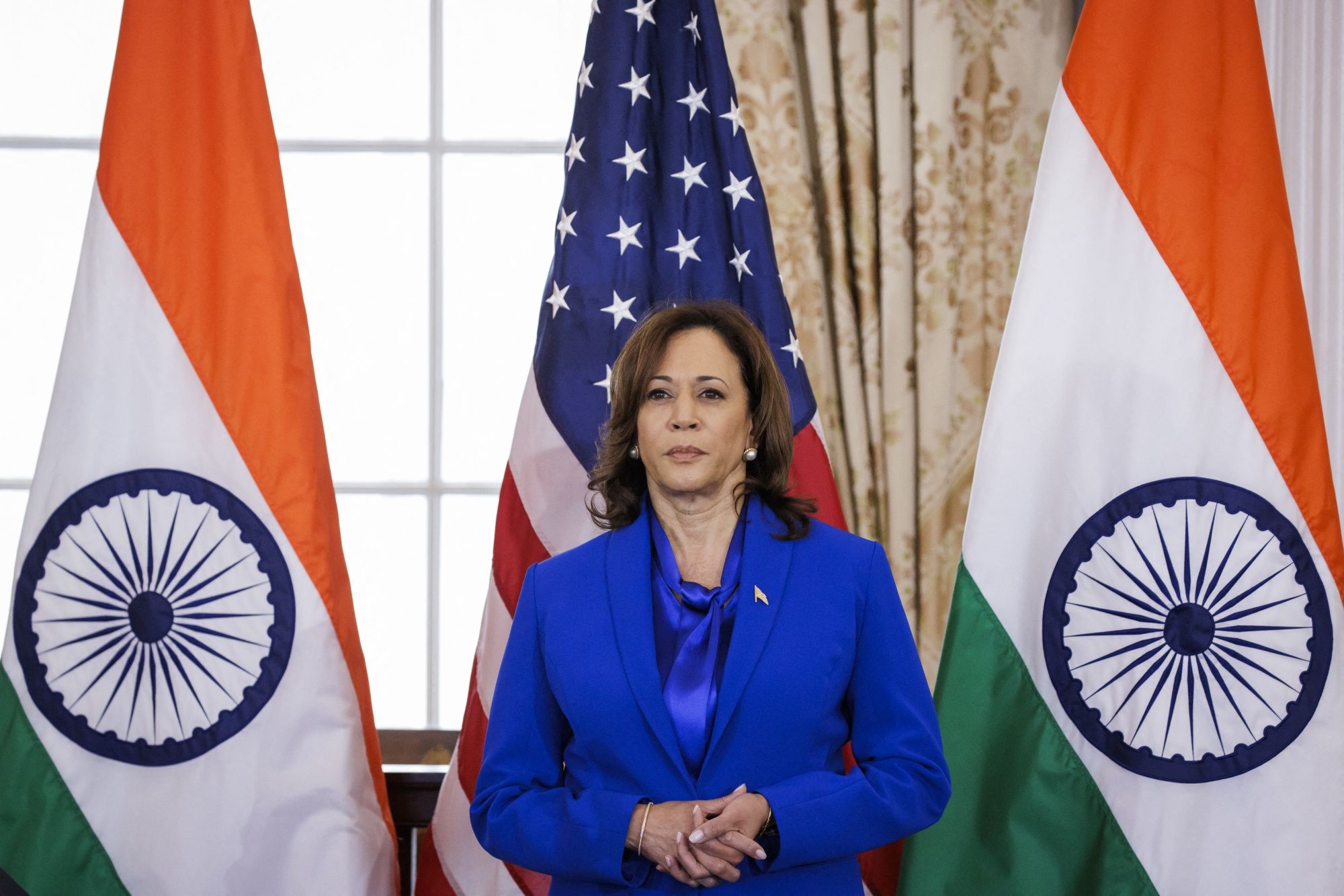
Kamala Harris’ nomination as the first woman of Indian and African-American descent on the Democratic Party’s presidential ticket in 2020 was a momentous moment that ignited enthusiasm among South Asian Americans. Numerous members of this community raised funds for her campaign, and prominent figures such as author Salman Rushdie publicly endorsed her. However, Harris faces significant challenges in maintaining the support of Indian-American voters, at a time when a portion of this demographic has swung towards her opponent, Donald Trump.
The reasons behind this shift are varied. For some, Republican economic policies, including tax cuts and support for small businesses, have been a draw. Others cite Trump’s close relationship with Indian Prime Minister Narendra Modi as a key factor. Rakesh Patel, a 38-year-old entrepreneur based in Virginia, said Trump’s slogan “Make America Great Again” resonates with Modi’s “Make India Great Again,” prompting some Indian-Americans to back the Republican Party.
Although Indian-American voters remain more likely to support the Democratic Party, seen as the party that best addresses immigrant concerns, the tide has begun to turn. Raashina Humayun, a 53-year-old Californian, has noticed that many of her friends and colleagues, who were previously Democrats, are now showing support for Republican policies. This divide within the community is more pronounced than ever.
The shift in political affiliation of Indian-Americans has been corroborated by recent polls. According to AAPI Data’s Asian American Voter Survey, the percentage of Indian-Americans who identify as Democrats declined from 54% in 2020 to 47% in 2024, while those who identify as Republicans rose from 16% to 21% in the same period. Additionally, support for Harris among Indian-American voters has also fallen, from 62% in 2022 to 54% in July 2024.
Kamala Harris: The influence of her Indian mother
The rise of Republican politicians of Indian descent, such as Nikki Haley and Vivek Ramaswamy, could also be influencing this shift. Both have gained visibility in American politics, which could be attracting more Indian-American voters to the Republican Party.
Diversity within the Indian-American community, which includes Hindus, Muslims, Sikhs and members of various castes, also plays a role in how votes are distributed. Parties and candidates that promote pro-business policies, support tax cuts and encourage immigration of highly skilled labor are gaining ground among voters seeking economic security in a challenging environment.
Despite these challenges, Harris’s presence on the ballot could have a significant emotional impact among Indian-American voters who identify with her heritage and achievements. Mukesh Aghi, president and CEO of the US-India Strategic Partnership Forum, suggests that her ancestry and position as an influential leader could reverse some of the swing to the Republicans.
The outcome of this split in the Indian-American community could have major implications for the American political landscape, especially in key states where the Asian-American vote is on the rise. As the election approaches, the challenge for Harris and the Democratic Party will be to find effective ways to reconnect with this electorate, which has become increasingly crucial in the American political arena.
Source: https://reporteasia.com/politica/2024/08/29/kamala-harris-y-el-reto-de-movilizar-a-los-votantes-indio-estadounidenses-en-medio-de-una-creciente-division-partidista/

